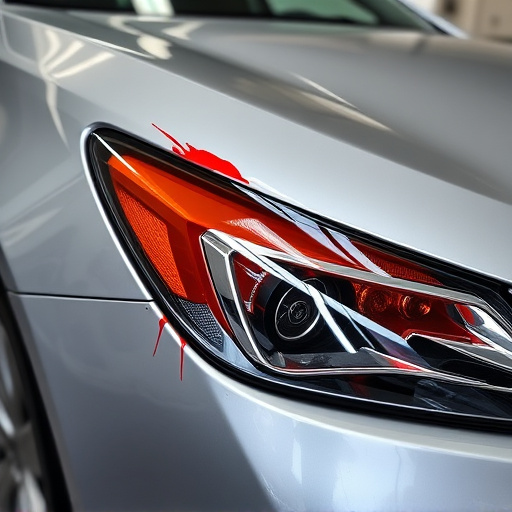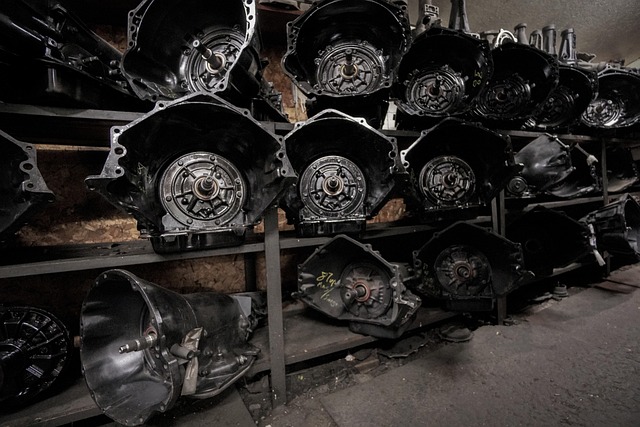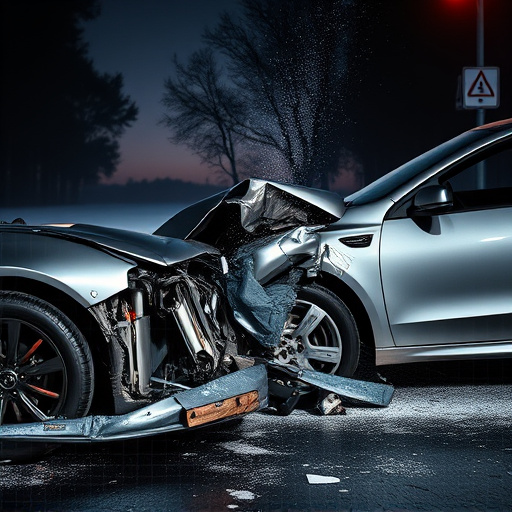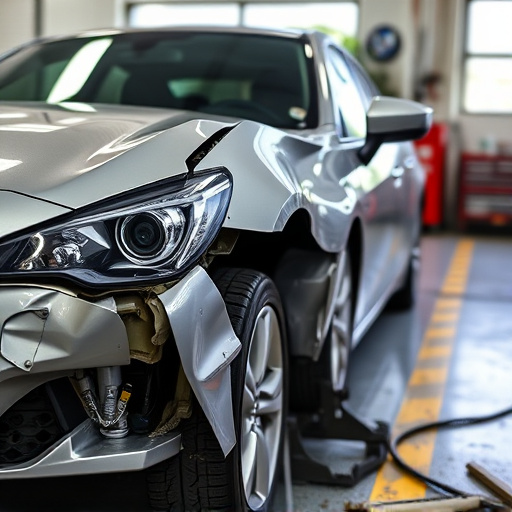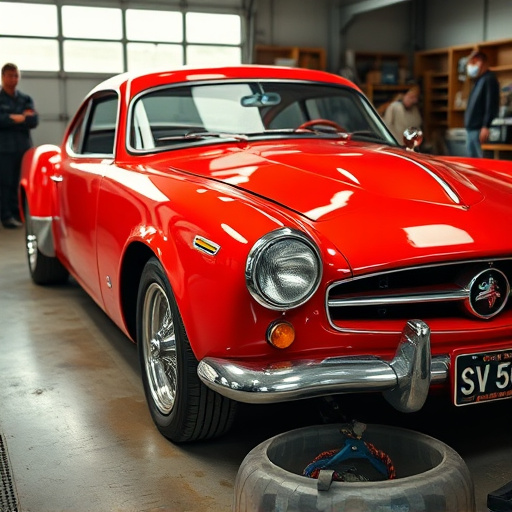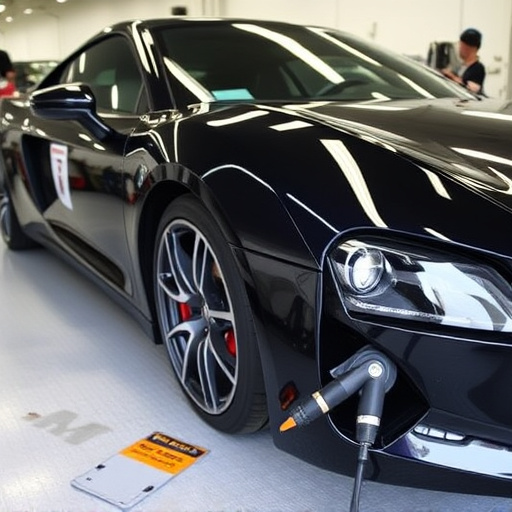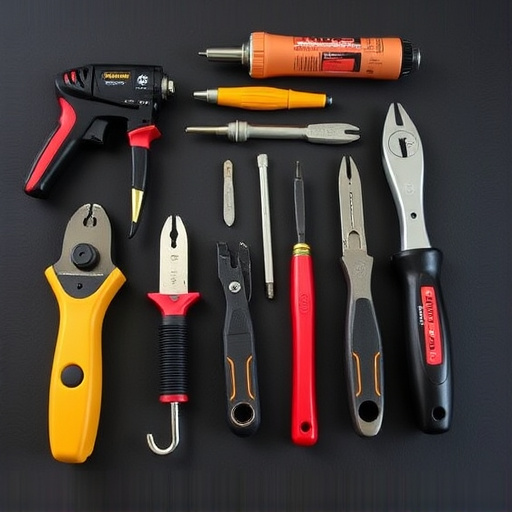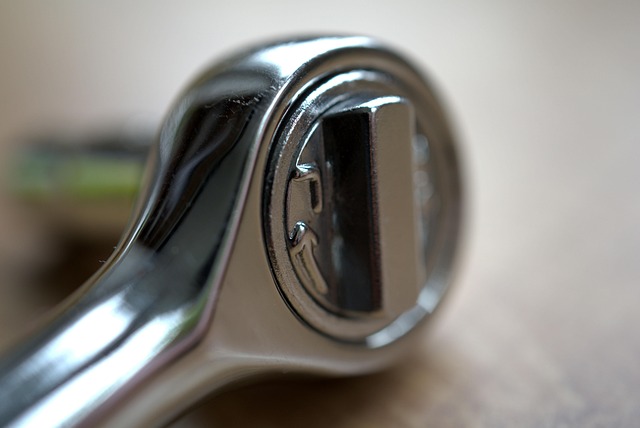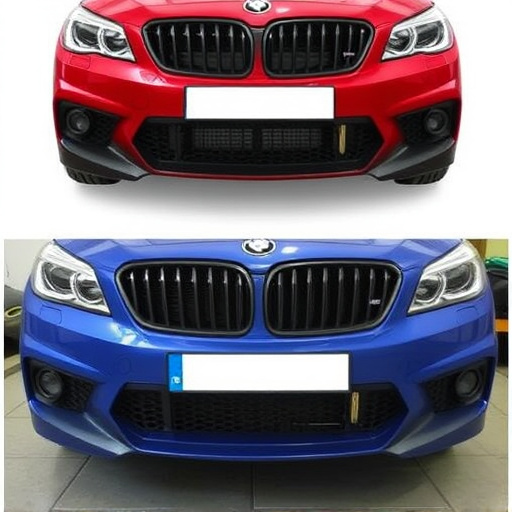MIG welding collision repair requires thorough preparation: meticulous inspection, strategic planning, and cleaning for accurate alignment. Mastering foundational steps like welder setup and practice enhances efficiency. Post-weld finishing and quality control, including sanding, priming, and painting, ensure seamless, professional results matching the vehicle's original aesthetics.
“Unleash the power of MIG welding for collision repair with our expert-backed tips. From meticulous preparation to mastering the technique and ensuring quality control, this guide navigates the process step-by-step. Discover how to lay the foundation for success by understanding material compatibility and joint design. Learn the art of MIG welding basics for precise, strong bonds. Finally, explore post-weld finishing techniques to achieve top-notch results. Elevate your collision repair game with these essential 10 tips for optimal MIG welding practices.”
- Preparation: Laying the Foundation for Success
- Technique: Mastering MIG Welding Basics
- Post-Weld: Finishing and Quality Control
Preparation: Laying the Foundation for Success
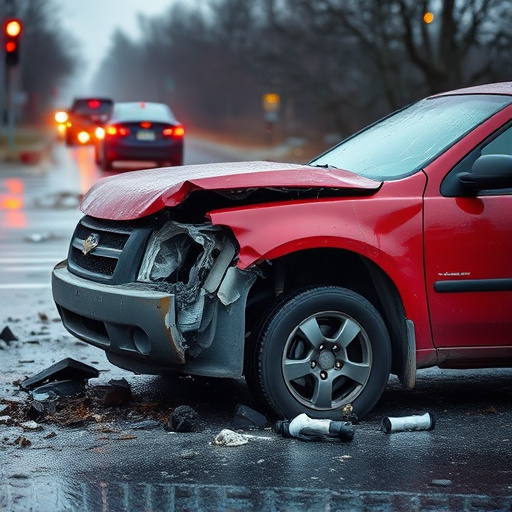
Preparation is key when it comes to MIG welding collision repair. Before even igniting the torch, thoroughly inspect the damaged area and create a detailed plan. This involves assessing the extent of the damage, identifying components that need replacement or reinforcement, and determining the sequence of repairs. Proper preparation ensures a more precise and efficient welding process.
A solid foundation is critical for successful collision repair. This includes cleaning the affected panels to remove dirt, grease, and any loose debris. Additionally, ensuring proper alignment of the metal parts through techniques like frame straightening is essential. Auto body services often employ specialized tools and equipment to achieve this precision, resulting in a more seamless finish once the welding is complete. Incorporating these steps into your workflow will significantly enhance the quality of your MIG welding collision repair work.
Technique: Mastering MIG Welding Basics
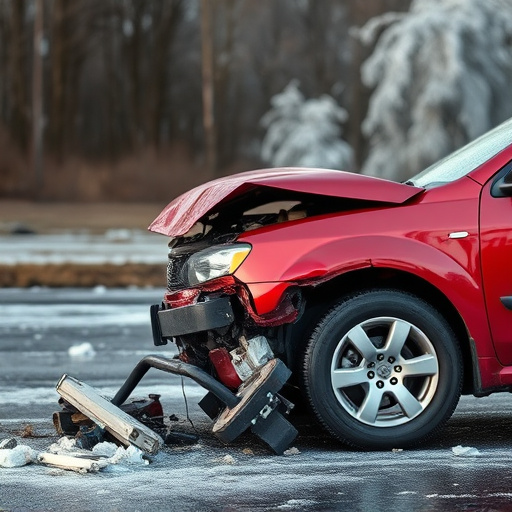
Mastering the basics of MIG (Metal Inert Gas) welding is a crucial step in achieving precise and effective collision repair. This versatile technique involves joining metal surfaces with a continuous, hot gas-shielded arc, making it ideal for various automotive applications, including vehicle dent repair. The process requires a good understanding of welding parameters like voltage, current, and gas flow to ensure strong and clean welds.
For beginners, starting with simple practices such as setting up the welder, selecting the right wire and gas combination, and practicing on scrap metal is essential. These foundational steps lay the groundwork for more complex collision repair tasks. By honing their skills in MIG welding, professionals can efficiently perform vehicle repair services, ensuring that every weld complements the overall aesthetic and structural integrity of the vehicle, be it fixing a dent or performing intricate body work.
Post-Weld: Finishing and Quality Control
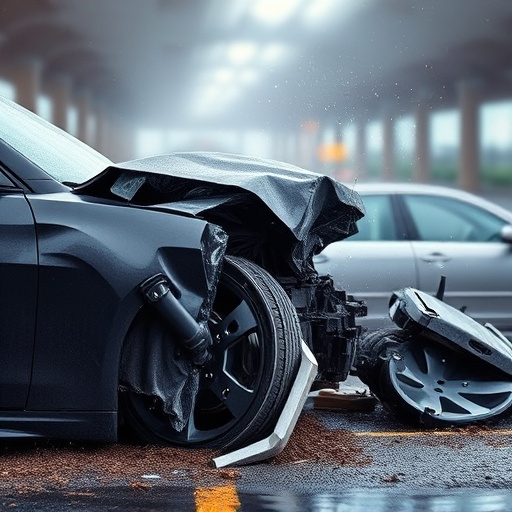
After completing the MIG welding collision repair process, the next step is meticulous finishing and quality control. This involves smoothing out any weld marks or imperfections to ensure a sleek, professional finish. The goal is to make the repaired area indistinguishable from the original part of the vehicle, be it a fender repair or more intricate Mercedes Benz repair.
Proper post-weld treatments such as sanding, priming, and painting are crucial in achieving this level of quality. Sanding helps to remove any rough edges or debris left behind by the welding process. Priming prepares the surface for paint, ensuring better adhesion and a longer-lasting finish. Finally, applying high-quality paint specifically designed for automotive use completes the transformation, restoring the vehicle’s aesthetic appeal and protecting its new repairs.
In conclusion, mastering MIG welding collision repair involves a combination of thorough preparation, understanding basic techniques, and meticulous post-weld finishing. By adhering to these 10 tips, you can ensure that each step of the process is executed with precision, resulting in high-quality repairs that meet industry standards. Whether you’re a seasoned professional or new to MIG welding, these practices will empower you to deliver exceptional results every time.
